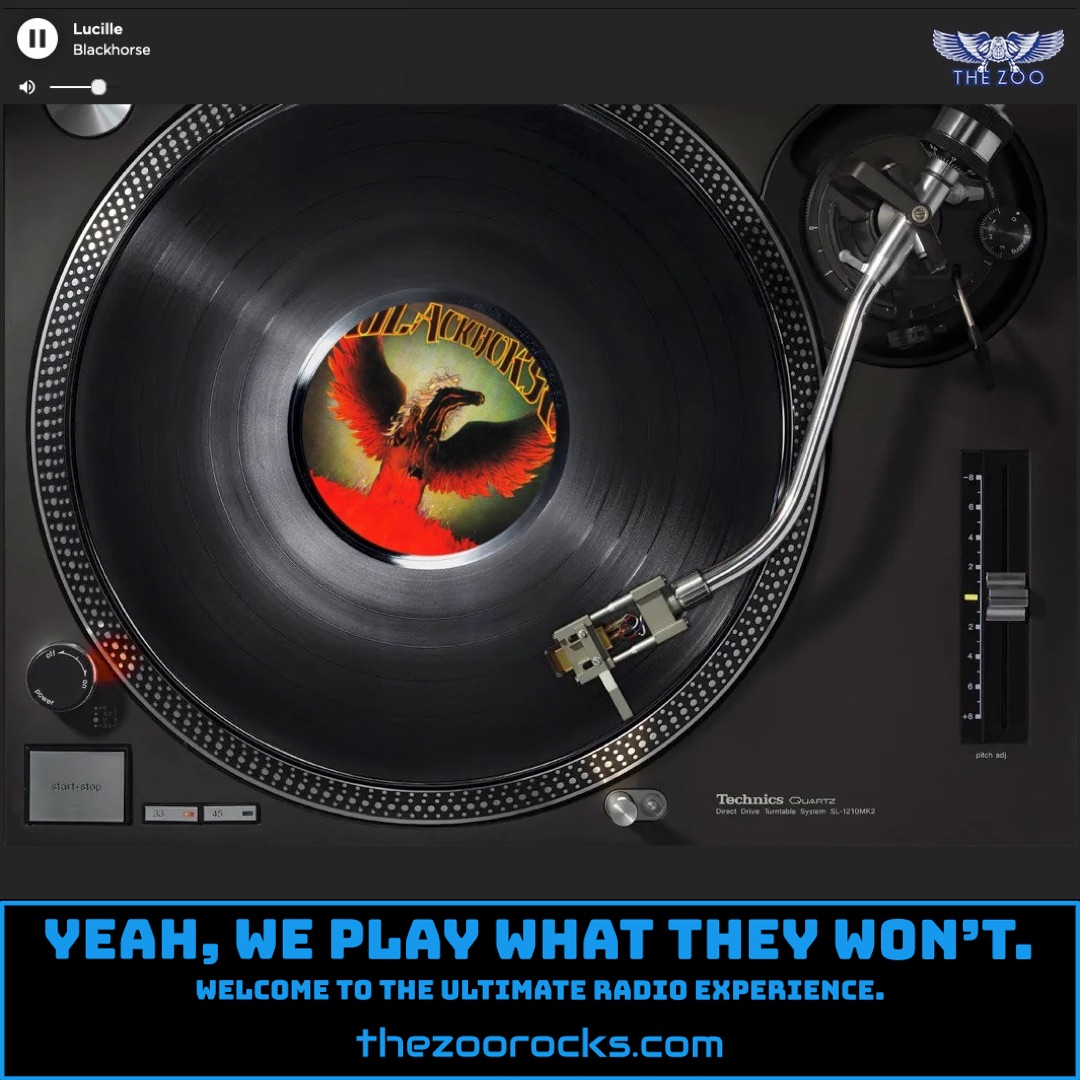When the Music’s Over
The Doors
Zoo Freaks, get ready to dive into the psychedelic depths of The Doors' iconic track "When the Music’s Over" from their 1967 album Strange Days. This song, clocking in at over 11 minutes, is one of the band’s longest and most experimental, blending rock, blues, and psychedelic influences into a hypnotic journey. According to posts on X, the track was a staple of The Doors’ live performances, with a particularly riveting rendition at the Hollywood Bowl in 1968. The song’s organ intro, influenced by Herbie Hancock’s “Watermelon Man” as noted by keyboardist Ray Manzarek, sets a haunting tone, complemented by Jim Morrison’s primal screams and poetic lyrics like “Music is your only friend… Until the end.” AllMusic has praised the song’s live performances for the band’s “heightened sense of musical awareness and spontaneous adaptability,” making it a fan favorite for its raw, immersive energy.
Delving into the song’s creation, “When the Music’s Over” features a lyric, “Scream of the Butterfly,” which trivia buffs might recognize as a nod to an adult film, as revealed in a FunTrivia quiz. The track’s recording at Sunset Sound Recorders marked a leap in production for The Doors, utilizing a 3M M23 8-track console to experiment with echo chambers and electronic processing. This studio wizardry, detailed in a Tracking Angle article, gave the song its dramatic, almost theatrical quality, with Manzarek’s organ driving the mix and Morrison’s reverb-soaked vocals adding a chilling intensity. Fans on X have called the Hollywood Bowl performance “immortal,” celebrating its unforgettable guitar riffs and pulsating drums that capture the band’s counterculture spirit.
The Doors formed in Los Angeles in 1965, a quartet that would redefine rock with their provocative sound and Morrison’s enigmatic presence. The band’s origin story began on Venice Beach, where Jim Morrison, a poet and film student, recited his poem “Moonlight Drive” to Ray Manzarek, a fellow UCLA classmate. Manzarek, struck by the lyrics’ potential, suggested forming a band. As noted in a FunTrivia quiz, this chance encounter laid the foundation for The Doors, with guitarist Robby Krieger and drummer John Densmore soon joining. Naming themselves after Aldous Huxley’s The Doors of Perception, inspired by a William Blake quote, the band signed with Elektra Records in 1966. Their debut album, released in 1967, was a sensation, blending Morrison’s poetry with the band’s genre-defying sound.
The Doors’ early days were marked by their residency at the Whisky-A-Go-Go, where “When the Music’s Over” was performed long before its Strange Days release. Their music, as described on their official website, challenged the era’s peace-and-love ethos, diving into darker themes that resonated with the 1960s counterculture. Over five years, they released six studio albums, including classics like The Doors and L.A. Woman, cementing their legacy. Despite Morrison’s tragic death at 27, the band’s influence endures, with accolades like a Grammy Lifetime Achievement Award and a star on the Hollywood Walk of Fame, as noted on Wikipedia.
For Zoo Freaks looking to connect with The Doors’ legacy, their official website offers news, music, and exclusive content. Follow them on Facebook, Instagram, and X for updates, archival clips, and fan discussions. Fans can also join vibrant communities like the The Doors Collectors Group on Facebook, where enthusiasts share memorabilia and stories. For deeper dives, check out fan sites like The Doors Fan Club, which connects devotees worldwide, ensuring the Lizard King’s spirit lives on.

